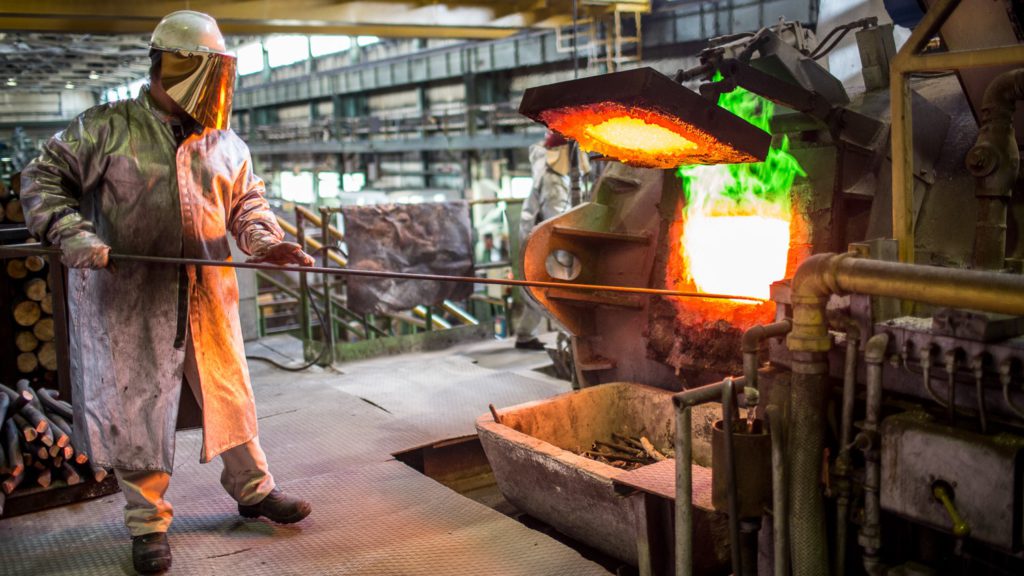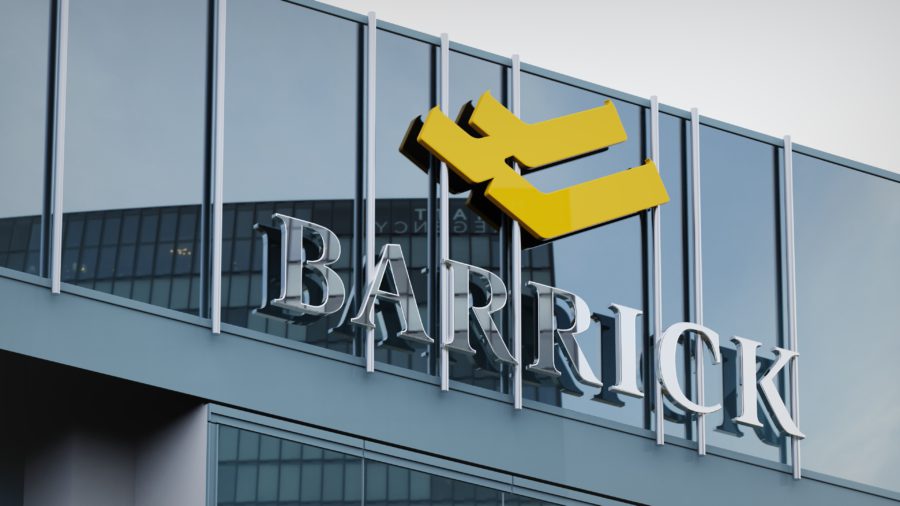Column: Hedge funds up the bear ante on Doctor Copper and friends

(The opinions expressed here are those of the author, Andy Home, a columnist for Reuters.)
Hedge funds are piling the pressure on Doctor Copper and his metallic friends.
Money manager positioning on the CME copper contract is as bearish as it has been since the first quarter of 2020 when industrial metals prices collapsed as China, followed by just about everyone else, went into covid-19 lockdown.
The London Metal Exchange (LME) copper price is still far above its March 2020 low of $4,371 per tonne. Currently trading at $7,700, it’s also a long way below its March 2022 peak of $10,845.
Fears of Western recession are growing and China’s promised stimulus-driven bounce-back is being constrained by rolling coronavirus restrictions.
Passive funds have taken money off the long side of the metal markets and systematic funds have accumulated short positions as they chase downwards price momentum across the LME spectrum.
Bears on the attack
Money managers were net short of the CME copper contract to the tune of 26,497 contracts as of the close of business last Tuesday (July 5), the highest level of bear conviction since the covid-19 collapse of 2020.

Funds have cut outright long positions from an April peak of 76,837 contracts to 39,465 and lifted bear bets from 34,837 contracts to 65,962 over the same time frame.
Many of these funds are systems-driven, responding to technical signals and momentum indicators, which means that their positioning often moves symbiotically with price development.
With many analysts cautioning that copper is technically oversold, some readjustment of positioning is likely on any technical correction or even loss of downside momentum.
Perfect bear storm
However, the bigger picture remains gloomy.
High energy prices are having a chilling effect on previously robust manufacturing activity in Europe and the United States.
Central banks are lifting interest rates to tackle inflationary pressures, which is bad news for all risk assets. And the dollar is super-strong, which is particularly bad news for dollar-denominated metals such as copper.
Industrial metals have been targeted directly by the recession trade and indirectly in the form of liquidation of cross-commodity index positions.
The two major commodity indices – the Bloomberg Commodity Index and the S&P GCSI – have slumped by 18.0% and 16.5% from their respective 2022 highs, according to Goldman Sachs.
Heavy-weight passive funds have been exiting the sector with fears of global economic slowdown compounded by high levels of market volatility, which translates into painful trading margins and frayed nerves.
Goldman estimates that assets under management in commodity indices are down 24% since the start of the year as extreme trading conditions push more participants off market. (“Commodities Oversold on Recession Fears,” July 7, 2022)
Metals exit
Copper is always highly sensitive to changes in macro sentiment with the “Doctor” long traded as a proxy for global growth.
Speculative flows are bearish across all three major trading venues – the LME, CME and the Shanghai Futures Exchange – according to LME broker Marex, which thinks the scale of collective positioning has already exceeded 2020 levels and is now the largest since 2014-2015.

However, it’s not just copper.
Funds have been exiting all the LME metals markets on the same combination of demand slowdown fears and rapidly-deteriorating technical pictures.
Copper and nickel have been hit particularly hard, the investment fund net long at the start of 2022 now almost totally eliminated.
Nickel’s fall from grace with the fund community is also a result of the LME’s March 8 suspension of the market and subsequent cancellation of trades.
It’s likely that LME-specific liquidation is combining with the broader risk-off recessionary trade in terms of disappearing fund participation in nickel.
Aluminum and zinc long positioning has been much reduced but not to the same extent.
Both metals are characterized by tight physical markets outside China, resulting from smelter curtailments in response to high energy prices, particularly in Europe.
But while aluminum prices are “digging into their cost curve”, to quote analysts at Citi, zinc is not there yet, which leaves it vulnerable to further fund liquidation, the bank said. (“Metals in freefall: What happens next?”, July 6, 2022).
All change
That analysts have gone from worrying about whether there would be enough supply just a few months ago to digging out their old production cost curves tells you how much has changed over the last quarter.
The volatility, both of price and expectation, is here to stay as copper and friends remain beholden to a short-term news flow, which is more than usually fast-changing and unpredictable following what the Kremlin calls its “special military operation” in Ukraine.
Then there is the problem of low inventory cover across many of the metal markets, setting up a potential micro clash with bear funds playing a macro trade.
Throw in thin trading conditions over the seasonally quieter summer months for metal markets and the stage is set for more turbulence.
(Editing by Barbara Lewis)
{{ commodity.name }}
{{ post.title }}
{{ post.date }}

Comments